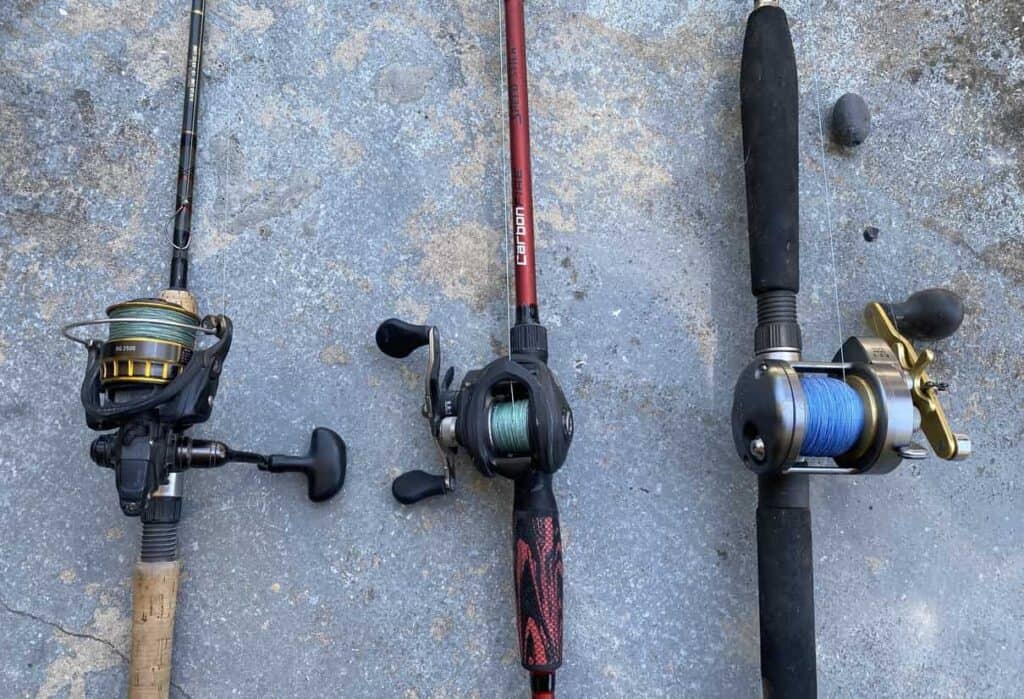
There are four main types of fishing reels used today by anglers all over the world. Each of them has a unique set of pros and cons, depending on what your fishing for and the fishing style you prefer. The four main types are:
- Spincasting
- Baitcasting
- Spinning
- Casting
Lets take a look at each reel and the differences. By the end of this article you will know exactly what type of fishing reel is best for you!
Table of Contents
Spincasting Reels

This is the reel that most beginners start with. A spincast reel is a perfect choice for a young child or novice angler to begin developing casting skills. With a rubber plug attached to the line a beginner can learn how to handle a rod and reel by trying to land the plug in a bucket in the backyard. Great practice!
Spincasting reels have a closed face. A closed face is a cone that covers the spool, protecting the line inside from tangles, ultraviolet light and offering an easier method of casting.
Spincasting reels have a release button on the bottom that can be activated with your thumb. Whip the pole back, snap it forward, and released the button. The line flies out in the direction you’ve aimed after a little practice.
These are excellent reels for catching bluegill, crappie, trout, and even largemouth bass. Their drawbacks are a limited range of cast, small spool size, and since most are made of plastic, durability.
Their greatest redeeming factor is price, they are cheap. Ease of use is the other big factor. Spincast reels start at $10.
Spincasting gets the nod as the rod of choice for youngsters, or novices just hitting the water. It’s hard to fail with one of these reels.
| Pros of spincasting reels | Cons of spincasting reels |
| Very affordable | Made of cheaper construction materials |
| Easy to use (great for beginners) | Limited line capacity |
| No backlash & easy maintenance | Weak drag system (not ideal for big fish) |
| Can be used with one hand (great for kids) | Difficult to repair (instead just replace) |
Spinning Reels
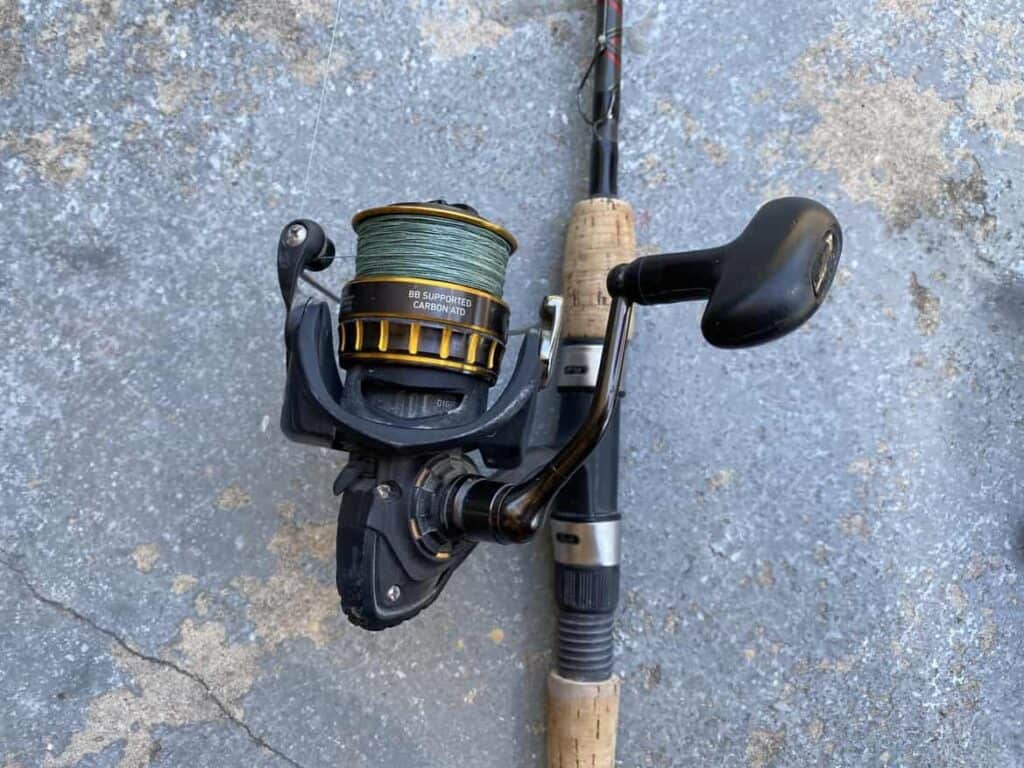
The spinning reel has become the modern icon for anglers. They come in a variety of sizes from ultra-light models weighing just a few ounces, to heavy-duty models that can land large salmon from fast-moving rivers.
The spinning reel takes time to master. It’s easy to get line tangled, it’s more difficult to cast since it involves lifting the bale, holding down a loop of line with your index finger, then whipping the attached rod forward.
The control it offers can’t be rivaled by a spincast reel, nor can the casting distance. Spinning reels in medium configuration can hold 350 yards of monofilament line or more, giving you the potential to land fish in large bodies of water after long battles.
Their versatility extends to drag settings, the ability to use monofilament, fluorocarbon, or braided line, along with their easy attachment to a variety of rods.
Spinning reels are measured in thousands, or in the case of Pflueger, on the 500 mark. The smaller reels are 1000, moderate-sized reels 4000 to 7000, and larger, professional reels can reach 14,000. For example, Pflueger begins with 1500 and goes up from there.
These reels are the next step up from a spincast model for anglers advancing in the sport.
The price range on a spinning reel is wide, from just $20 or so to well over $1000. A very good quality spinning reel can usually be purchased for $69-$99 from popular brands such as Piscifun Shimano, Diawa or Penn.
Check the composition of the reel before you buy it. Some are made entirely of graphite, which works well for a while, but isn’t durable. Others are stainless steel, anodized aluminum, and have Zirconium guides. These are the top-of-the-line spinning reels.
Spinning reels come in a left or right-handed variety, have variable drag settings, and can be used with almost every style of line on the market. The moderate, to higher-priced ones, are durable and will remain viable for decades.
| Pros of spinning reels | Cons of spinning reels |
| Huge variety of sizes and models | Wind knots and backlash is possible |
| Large line capacity | Takes practice to learn casting technique |
| Can use Monofilament or braided line | Difficult to cast one handed |
| Affordable models available (starting at 19.99) | Maintenance required (oil and rinse) |
Baitcasting Reels
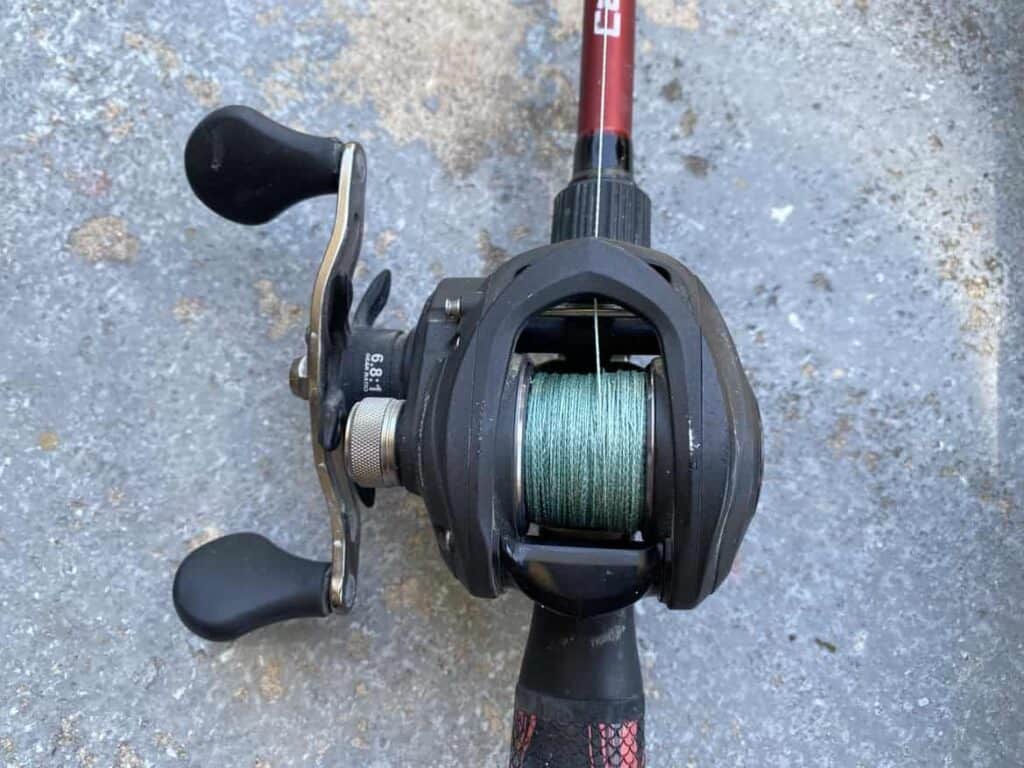
The first thing you’ve probably heard about baitcasting reels is backlash. Backlash occurs when the braided line used in these reels comes off the spool too fast, wrapping itself in a frustrating snarl around the reel known as a ‘birds nest’.
This was true a generation ago, but modern baitcasting reels have features called ‘Anti-reverse’ and ‘brakes’ that significantly reduce or eliminates backlash.
Why would you want to use a baitcasting reel? The answer is the flexibility you get when using braided line. Braided line is stronger than monofilament. It flows smoother off a reel allowing for longer casts and its strength gives you an advantage over monofilament or fluorocarbon line.
If you’re a bass angler, this is the reel of choice for serious largemouth enthusiasts.
Baitcasting reels have a distinct advantage over other reels, the touch and feel these reels allow far exceeds even spinning reels. But it is a skill that takes time to develop.
Bass anglers prefer the baitcasting reel for its dexterity, accuracy, and easily adjustable retrieve speed. The natural cranking pattern of a baitcasting reel lends itself to setting a hook easier in reaction to the boiling water, and the splash of a largemouth hitting a surface lure.
Baitcasting reels are a bit pricier than spincast or spinning reels. The price range on these reels is perhaps the widest on the market. A good quality baitcasting reel can usually be purchased for $79-$129.
Know what you intend to fish for, the type of conditions you are likely to face, and how well the reel fits in your hand before you spend a lot of money.
| Pros of baitcasting reels | Cons of baitcasting reels |
| Excellent drag system | Difficult to master; takes practice |
| Works great with all fishing line types (braid, nylon, mono, flouro) | Backlash and ‘birdsnest’ common when casting |
| Very good control system | Requires greater dexterity (switching hands) |
| Preferred reel-type by professional anglers | More expensive than other reel types |
Casting Reels
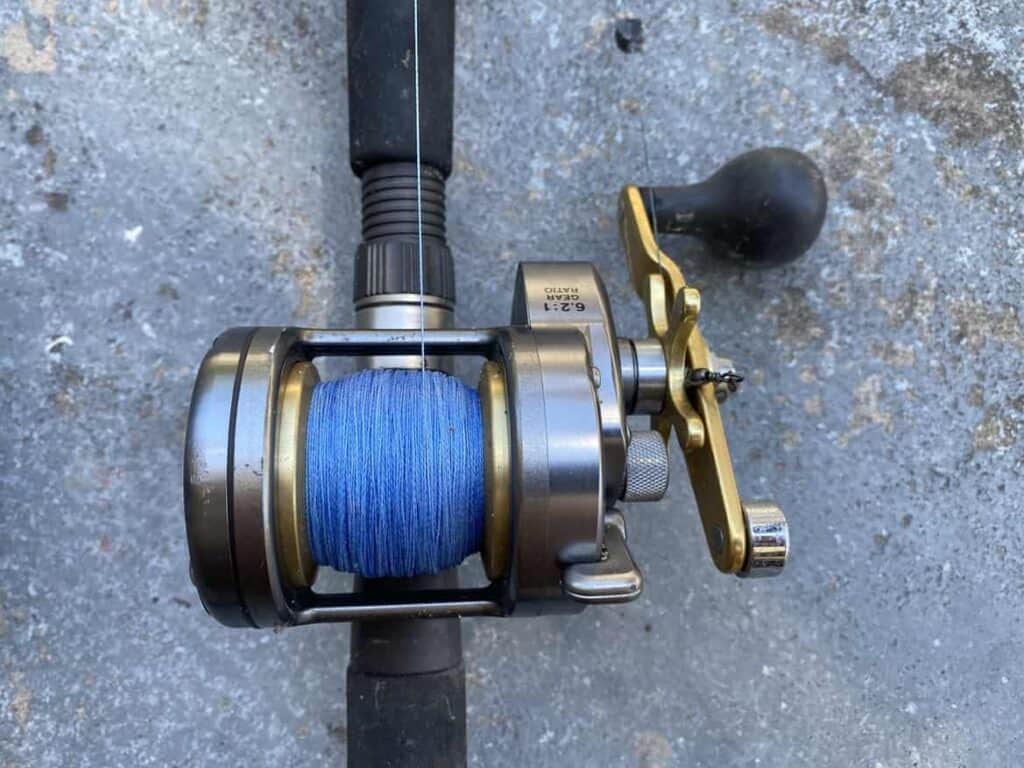
A subcategory of baitcasting reels is the casting reel. Typically they are larger than a standard baitcasting reel, with a lever, or button on the side that allows a freewheeling spool for longer casts. Generally, these reels are cast using both hands.
Innovations in casting reels include a button release, with an override option that allows the angler to slow the cast or stop it entirely by thumb friction on the line.
A casting reel requires practice and dexterity. They are not the easiest reels to master, but the longer casts, heavier line, and ability to control your bait in a variety of situations on the water make it a skill worth mastering.
River anglers chasing huge channel catfish prefer the power of these reels. With heavy drag settings and powerful cranking, they can battle the biggest catfish or carp you’ll ever encounter.
Casting reels are higher priced than their baitcasting cousins, and more of an advanced reel than the other three types reviewed here. Prices usually start around $59 and go up to $199 for good-quality models.
| Pros of casting reels | Cons of casting reels |
| Variable cranking speed | Larger reels are heavy |
| Built for power and casting distance | Backlash potential when learning |
| Great for heavy lures and live bait | Manual line retrieve |
| Excellent for trolling | Not ideal for repeated casting |
Which Type of Fishing Reel Is Best For You?
Don’t be intimidated by the different types of fishing reels on the market. I personally use and own each type of fishing reel mentioned in this article, and they all have their pros & cons.
Below is a table of the most common fish species and the best type of reel to use:
| Fish species | Best type of fishing reel |
| Largemouth Bass | Baitcaster, Spinning |
| Smallmouth Bass | Baitcaster, Spinning |
| Striped Bass | Casting, Spinning |
| Crappie | Spinning |
| Redear Sunfish | Spincasting, Spinning |
| Bluegill | Spincasting, Spinning |
| Yellow Perch | Spincasting, Spinning |
| All other Panfish | Spincasting, Spinning |
| Catfish | Casting, Spinning |
| Carp | Casting, Spinning |
| Gar | Spinning |
| Sturgeon | Casting |
| Salmon | Casting, Spinning |
| Pike | Spinning |
| Muskie | Casting, Spinning |
| Walleye | Baitcasting, Spinning |
| Trout | Baitcasting, Spinning |
If you want to purchase a reel first start with your budget and price range. Next, do some research on the different types of fishing reels and ask yourself what kind of fishing you will be doing.
Read through the owner’s manual of your reel, and do some practice casting in your yard. You’ll be ready to hit the lake in no time!
If you haven’t guessed yet, I love fishing and everything about it!
To learn more about why I started Panfish Nation, visit the About page and follow along on Social Media:


Download a copy of my FREE Lure Color Selection Chart & Knot Guide!
Stay up to date with fishing reports, tackle reviews, industry news, and much more! We respect your privacy, unsubscribe at any time.
- Crazy Facts About the World Record Crappie

- What Size Hooks for Smallmouth Bass? Quick Guide

- Large and in Charge-Mouth: 10 of the Best Bass Lures of All Time (And Where to Buy Them)

- Emperor of the Sun(fish): What You Need to Know About the World Record Bluegill
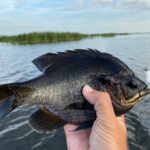
- The Seven Best Lures for Fall Bass Fishing
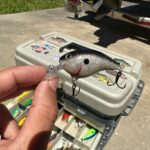
- Which Fishing Line is Best for Bass Fishing With A Spinning Reel?

